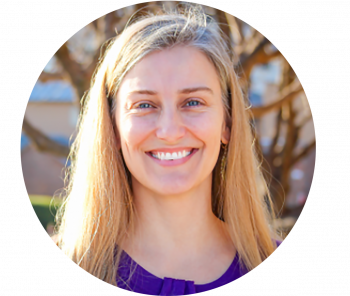
Sleeping Like a Baby
"Sleeping like a baby" is one of my favorite phrases because it makes me think of sweet little babies in deep, peaceful sleep, and that seems like the most amazing sleep EVER! I will share with you - I aspire to sleep like that every night! So peaceful. One of the things that stands out to me about the baby in our header photo is that this baby is in a Safe Sleep Environment. Safe Sleep is a very important conversation that Tarrant County has been having for over 20 years. I have worked in the field of child protection and I think it is one of the most important conversations we still need to have. In seeing the tragedy experienced by families who have lost a baby due to unsafe sleep environments, I started having conversations to change such a preventable death. For years, Tarrant County led the entire state of Texas in sleep-related deaths of babies. Unfortunately, we remain with some of the highest infant mortality rates in Texas, with 6.4 infant deaths per 1,000 live births1. I firmly believe that we can change preventable deaths caused by unsafe sleep environments if we educate caregivers with some safety guidelines.
Let's get a few terms out to add to the conversation: a Safe Sleep Environment is a space designated for babies to sleep, such as a bassinet, crib, or playpen (sometimes called a Pack 'n' Play). This is a recommendation from the American Academy of Pediatrics, and should be the recommendation of any pediatrician or child-serving medical professional. In a Safe Sleep Environment, the baby is placed on a firm surface, supine position (lying wholly on his or her back), with no blankets, covers, or toys. A Safe Sleep Environment does not include:
- ill-fitting mattresses
- cribs with non-fitted sheets
- stuffed animals
- blankets
- pillows (in the sleep environment or surrounding the baby)
- putting a baby on a pillow to sleep
- crib bumpers
- inappropriate swaddling
- other people on the same sleep surface
- non-approved infant equipment to place an infant to sleep (swings, car sets, inclined sleepers, etc.)
- overheated room or overdressed baby
But wait! "My baby has the cutest decorations in their crib – an adorable comforter, bumper set, and their three favorite stuffed animals! Their crib will look so plain without any of those things!" I know, I know – it is hard not to have those adorable decorations, but when it comes to the safety of babies, I would sacrifice the look of the crib for the safety of the baby every time.
A Safe Sleep Environment is one in which the baby is not bed-sharing. Bed-sharing is when a baby sleeps on the same sleep surface as another person, whether it is an adult or child. Room-sharing is different; a safe sleeping area for a baby can be in the same room as an adult. Some caregivers may even opt to use a "side carriage," which is a bassinet-like area that attaches to the side of the bed where an adult is sleeping. The key is to have a separate and safe sleep environment for the baby.
I know there is information that talks about bonding between baby and caregiver as it relates to sleeping on the same sleep surface – and attachment is VERY important for our little ones! Luckily, any caregiver can have that key bonding time when the caregiver is awake and aware while baby has a Safe Sleep Environment when it is time for a nap.
Tarrant County has committed to an amazing partnership of agencies leading the community when it comes to the health and wellness of our children through the Safe Baby Sleep Council and are taking steps to start conversations and spread the word regarding Safe Sleep Environments. Please visit https://www.cookchildrens.org/health-resources/safety/Pages/safe-infant-sleep.aspx to learn more about the Council and their efforts. I am proud of the work this Council is doing, and am honored to serve as a co-chair for these efforts to keep our babies safe.
About the Author
Lindsey Dula began her career advocating for children twenty years ago as an investigator with Child Protective Services (CPS). In 2007, she took a position as a Child Forensic Interviewer with Alliance For Children. She has interviewed over 7,000 children in her career regarding allegations of child sexual and physical abuse, trafficking, drug endangered children, and witnesses to violent crime. She is currently the Director of Program Services, supporting the Client Relations Specialist, Family Advocate, Forensic Interviewing, and Multidisciplinary Team Coordination Programs. She is a proud TCU Alumna with a Bachelor of Science in Social Work and has her Masters in Social Work from UTA.
Resources:
American Academy of Pediatrics https://pediatrics.aappublications.org/content/138/5/e20162938
1. Tarrant County Public Health Department



